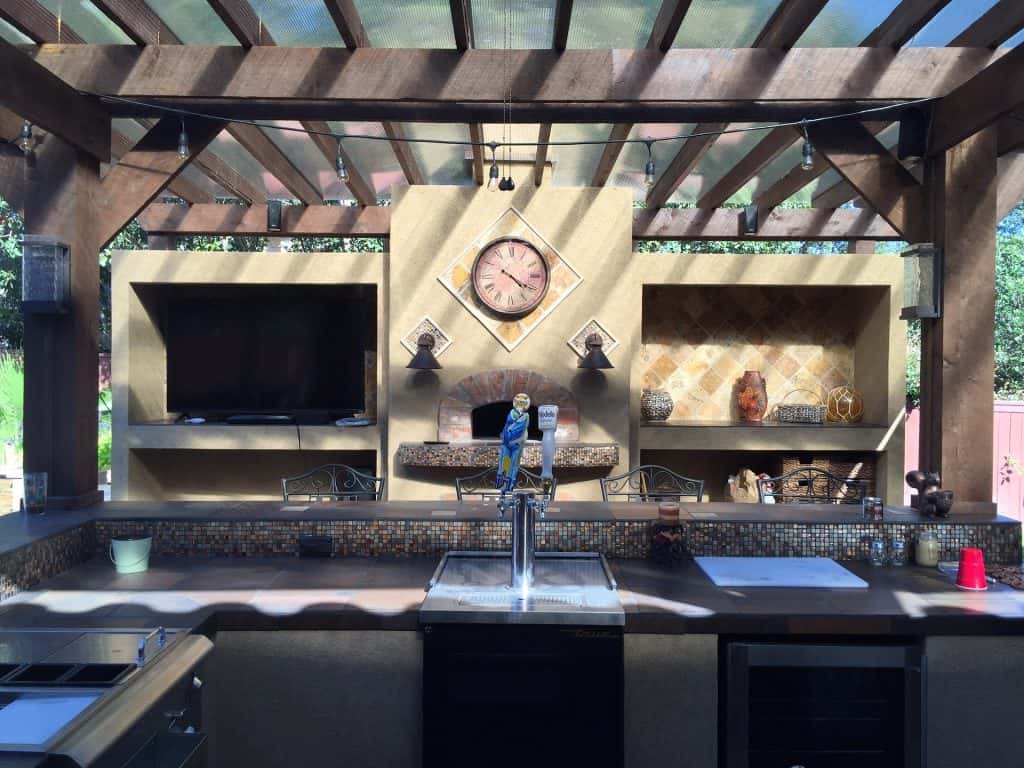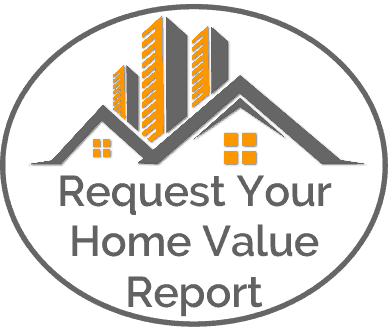Whats Trending in Outdoor Kitchens?

Outdoor kitchens have been popular for years. Not only do they give you an excuse to enjoy beautiful weather outdoors but they’re also great for entertaining. Having a nice outdoor kitchen can even improve the overall value of your home! While these kitchens were once thought to be a fad, they actually seem to be getting more and more popular as time goes by.
If you’re thinking of adding an outdoor kitchen to your home, you might be wondering how to make sure that your new kitchen fits with the current trends in outdoor kitchen design. While the final decision comes down to you and your tastes, here are a few hot trends to help form the design of your new outdoor kitchen.
Rustic Looks Are King
Once upon a time, outdoor kitchens were little more than blocks of brick and mortar with an oven or grill built in. Now they’ve really grown, and their overall look has grown as well. One of the really popular trends in outdoor cooking spaces is to give them a rustic or even semi-rustic look; brick and stone still play a part, but so do aged wood and similar accents like corrugated metal. Brick flooring and rustic whitewashing are also fairly popular, as they give the whole kitchen area a very part-of-the-home feel.
Semi-Outdoor Chic
While some outdoor kitchens are completely separate from the home, one growing trend is to build them into a covered deck area or other space that connects to the home. Adding a bit of roofing and a few partial walls or supports capitalizes on the outdoor feel of the space while still giving you a bit of privacy and control over the space you’ll be cooking in.
Accessible Food Prep
When outdoor kitchens first started becoming popular, the usual approach was to do all the food prep inside and then bring things out to cook. Over time, though, homeowners have shifted toward wanting to do some if not all of their prep outdoors as well. This means that modern outdoor kitchens provide access to counter-space, butcher block cutting boards that are built in to the surface, and other prep-area essentials. They also offer up sinks and other sources of water, and many include mini-fridges to keep fresh ingredients cool until they’re needed as well. Some outdoor kitchens even come equipped with dishwashers to provide beginning-to-end cooking solutions!
Pizza Ovens Remain Popular
A lot of outdoor kitchens got their start as an excuse to install brick pizza ovens, and these outdoor ovens remain popular today. The types of pizza ovens that people want have evolved a bit, however. While you’ll still see plenty of very basic brick pizza ovens, clay ovens and more traditional gas or electric ovens are also gaining popularity. The type of pizza oven you choose depends largely on personal preference, just so long as there’s a place for you to cook a pizza out there somewhere.
Outdoor Storage
One other major trend in outdoor kitchens is an increase in available storage space for various tools and other kitchen implements. Some of these spaces are simple, with shelves or reclaimed crates as a place to hold items temporarily. Others are much fancier, including “windows” attached to the house that open to reveal service settings and everything else you need to enjoy a good meal outdoors. There are lockable storage solutions, open-air storage solutions and just about everything else that you can think of available. Basically, it’s a good idea to include all the storage that you would want in your regular kitchen when building a kitchen outdoors.





![Interest Rates Over Time [INFOGRAPHIC]](https://files.mykcm.com/2020/02/20093247/20200221-MEM-1046x837.jpg)



 Scan my Vcard
Scan my Vcard